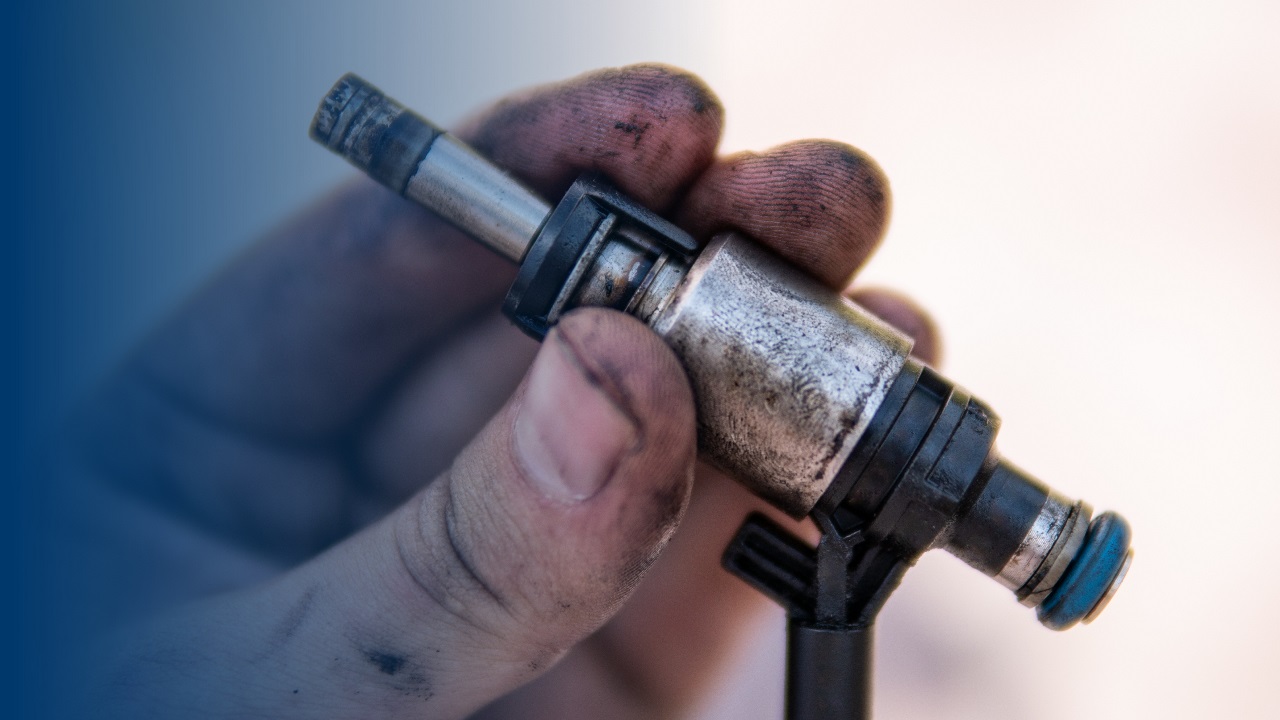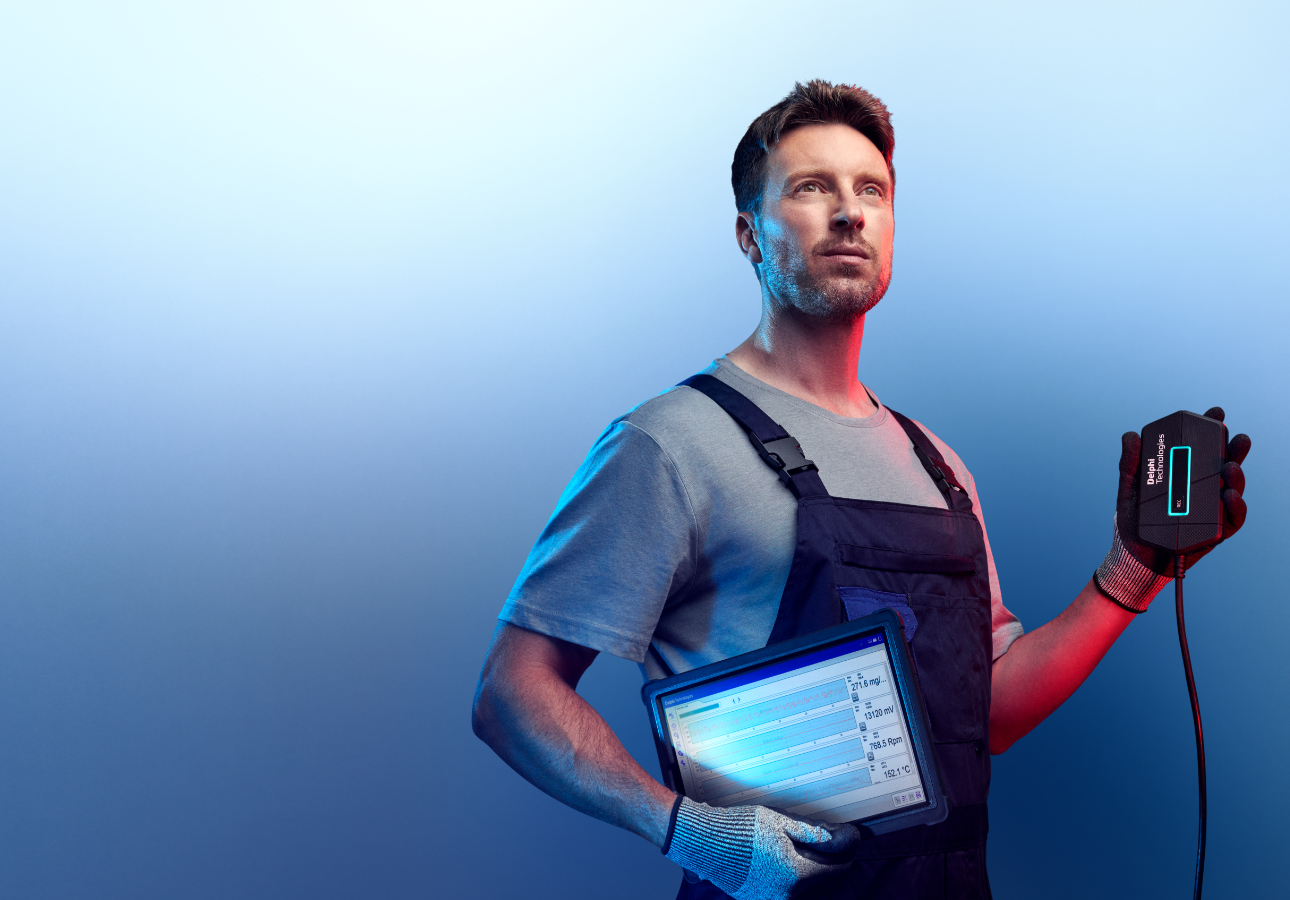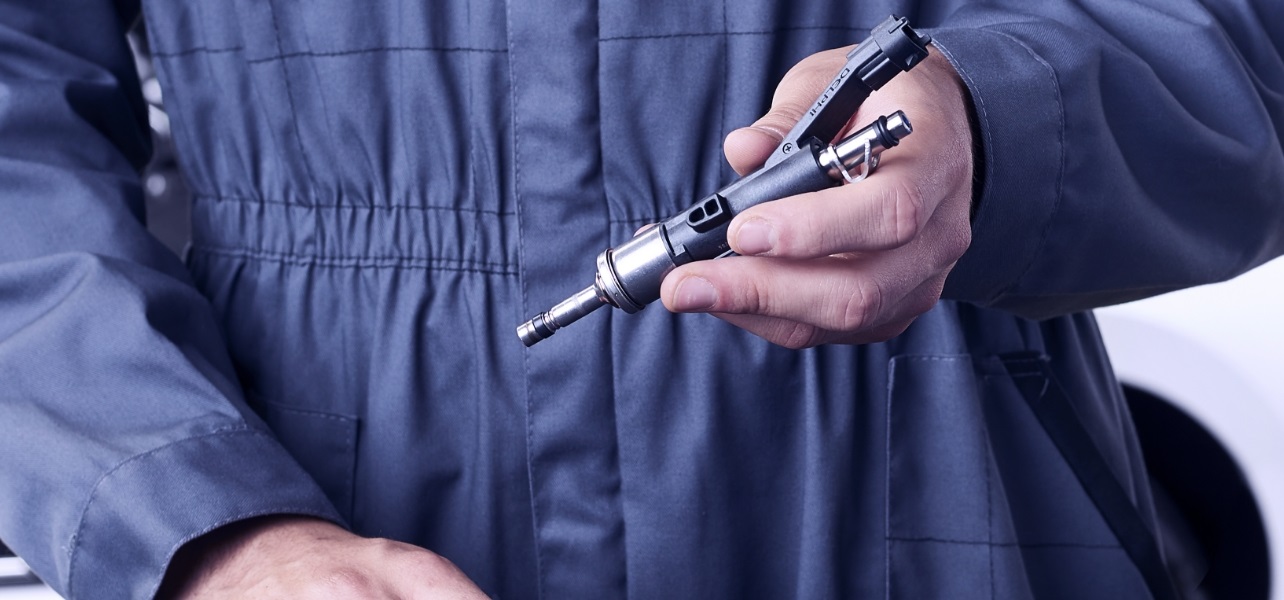Resource Highlights

Fuel injectors 101
Fuel injectors have the critical job of spraying the right amount of fuel, at the right time, and at the right angle into the vehicle engine. The process is controlled by the vehicle’s ECU, which uses information gathered from all the sensors inside the engine to determine when and how to spray in fuel to keep the combustion process going as efficiently as possible.
These components operate at high pressure – the direct high-pressure diesel part, for example, operates at up to 3000bar. Normally there’s just one fuel injector per cylinder in an engine, but many cars come with two. GDi and common rail diesel systems both use direct injection, where a fuel injector is pointed directly into the engine. Indirect injection involves spraying the fuel into the inlet manifold. If the engine has two fuel injectors per cylinder, one goes into each.
If fuel injectors need cleaning or are otherwise in need of attention, the problem will be fairly evident from the vehicle’s performance – whether it’s from a stalling or misfiring engine, or not starting at all.
How often should fuel injectors be cleaned?
There is no set schedule for cleaning fuel injectors. It might only become an issue when clogged or dirty fuel injectors could be a reason for decreased engine performance.
Explore the Delphi range of top-quality common rail fuel injectors, sensors and more.
Testing and cleaning a fuel injector
The process of cleaning a fuel injector depends on whether you’re servicing a diesel vehicle or a petrol vehicle.
Petrol and diesel injectors are tested inside different machines, too – there’s a special liquid compatible with each injector that’s also completely incompatible with the other. Any fluid running through a diesel injector in the petrol testing machine will destroy it.
Also, indirect fuel injectors work at a very low pressure while direct fuel injectors work at very high pressure. A direct high-pressure test for a petrol injector operates up to 500bar, while for a direct high pressure diesel tester operates all the way up to 3000bar. This is why the two different machines are required – the injector should be tested to its limits, so a 500bar test on an injector pushing 3000bar simply doesn’t cut it.
You’ll need dedicated testing equipment to check for issues with the spray pattern coming from a fuel injector – petrol is highly flammable, and the vapours need to be controlled inside a special chamber.
The testing machine sprays the fuel through, allowing you to see the spray pattern and decide whether there’s an issue with the supply of fuel to the engine, and that it is emerging at the correct angle – this can be a matter of microns to get right.
Testing and cleaning a fuel injector, step by step
Consult the guide below for how to disconnect, test and clean a fuel injector.
1. Check the injector is safe to disconnect
Use an onboard diagnostic tool (OBD) to check the pressure inside the fuel system to ensure it’s safe to remove. Any reading under 3bar means it’s safe to disconnect.
2. Check engine heat
The engine should be cold before this task can be performed. Do NOT begin this process if the engine is still hot.
3. Disconnect pipe work
Locate the fuel injectors – they’re in the inlet manifold – and disconnect the pipe work. This could be a pipe to each of them.
4. Remove injectors manually (if not a diesel engine)
On a petrol engine, remove the injectors by manually unbolting them. On a diesel engine, you’ll need specialist equipment as they can become completely bonded to their engine. The equipment uses vibration to unstick the injectors.
5. Test the fuel injectors
With fuel injector in hand, place it into the machine. Ensure the pressure settings are correct and activate the spray test.
6. Activate the cleaning function
Some varieties of the testing machine also contain a cleaning function. The cleaning works by flushing fuel back out in reverse through the injector, along with the trapped particles of dirt.
7. Change the filters
Additionally, each fuel injector for petrol engines contains a filter which traps contaminants – you can easily change these manually, without having to run the test.
Frequently asked questions
Let’s see what our customers are asking when it comes to fuel injectors.
How do I know if the fuel injector needs to be cleaned or replaced?
A noticeable decrease in the vehicle’s performance could be a sign that the fuel injector needs to be checked. Reduced fuel economy or excessive smoke coming from the engine are signs that the fuel injectors will need a once-over. If the problem is with a fuel injector that cleaning won’t solve, then it’s time to look at a replacement job.
Is it okay to drive with a dirty fuel injector?
If you’re aware that there is a problem with the fuel injectors – for example, if fuel economy is way down, we would recommend getting it sorted as soon as you can, even if it’s just to save money on repeated visits to the fuel pump – but more likely because an issue like excess smoke coming from the exhaust could be dangerous.
How long does it take to clean fuel injectors?
Times for fuel injector cleaning vary by type. It takes about an hour to clean indirect fuel injectors once they’re removed from the vehicle. For diesel injectors, a little over an hour.
Find out more about fuel injectors
Our online guides offer extensive instruction on good practice with fuel injectors. For this and more about automotive maintenance, turn to the experts at Delphi.
SIGN UP TO FIND MORE
Fill up your details to hear more from our experts and get the latest updates from Delphi.



